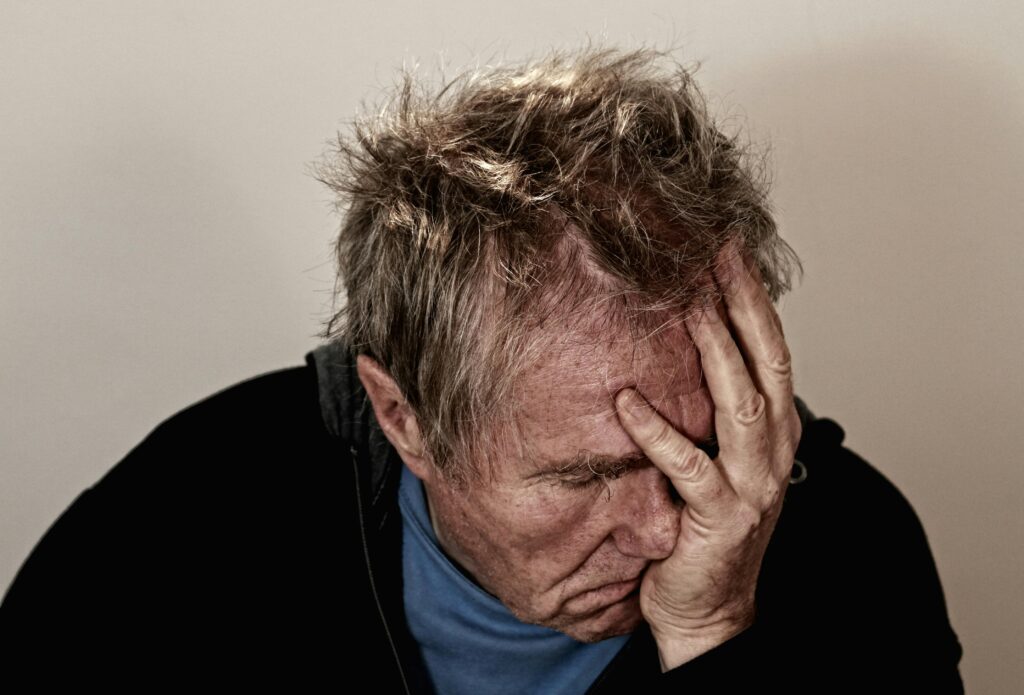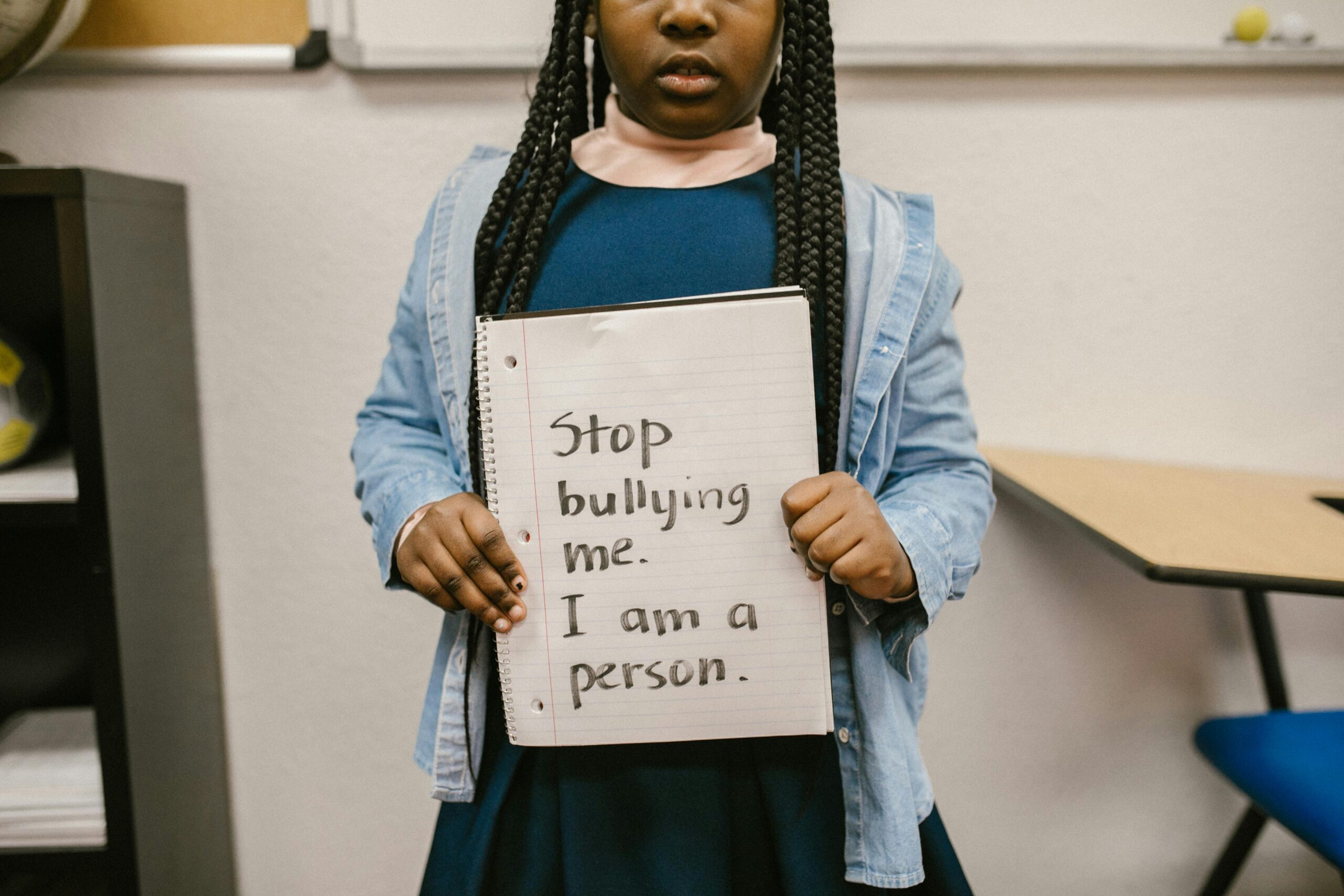Introduction
Suicide is the act of intentionally ending one’s life. It’s a complex issue often stemming from various factors such as mental health disorders, trauma, or significant life stressors. In recent years, suicide rates have been steadily increasing worldwide, making it a significant public health concern. According to the World Health Organization (WHO), close to 800,000 people die due to suicide every year, with many more attempting it.
Importance of Suicide Prevention
Why Suicide Prevention Matters
Suicide prevention is vital because it saves lives and preserves the well-being of individuals, families, and communities. By addressing risk factors and promoting protective factors, it’s possible to reduce suicide rates significantly.
Impact of Suicide on Individuals and Communities
The ripple effects of suicide extend far beyond the individual, impacting loved ones, friends, and entire communities. Grief, guilt, and trauma are common reactions among survivors, highlighting the urgent need for prevention efforts.

Role of Mental Health Awareness
Raising awareness about mental health is a cornerstone of suicide prevention. By fostering open conversations, reducing stigma, and promoting help-seeking behaviors, we can create a culture of support and understanding.
Tip 1: Promoting Mental Health Awareness
Educating About Mental Health
Education is key to destigmatizing mental health issues. By providing accurate information about mental illnesses and their treatment, we empower individuals to seek help without shame or judgment.
Encouraging Open Conversations
Creating spaces for open dialogue about mental health allows individuals to share their struggles and seek support from peers and professionals alike. Honest conversations can help break down barriers and foster empathy and understanding.
Tip 2: Building Supportive Relationships
Nurturing Relationships
Strong social connections act as protective factors against suicide. By nurturing supportive relationships with friends, family, and community members, individuals feel valued, understood, and less isolated.
Providing Emotional Support
Offering empathy, compassion, and non-judgmental listening can make a significant difference to someone experiencing suicidal thoughts or feelings. Being present and offering reassurance that they’re not alone can provide a glimmer of hope in dark times.

Tip 3: Encouraging Professional Help Seeking
Normalizing Therapy and Counseling
Seeking professional help for mental health concerns should be seen as a sign of strength, not weakness. By normalizing therapy and counseling, we encourage individuals to prioritize their well-being and seek the support they deserve.
Removing Barriers to Accessing Help
Accessibility to mental health care is essential for effective suicide prevention. Addressing factors such as cost, transportation, and cultural barriers ensures that everyone has equitable access to life-saving support services.
Tip 4: Identifying Warning Signs
Understanding Behavioral Changes
Changes in behavior, such as increased irritability, social withdrawal, or reckless actions, may indicate someone is struggling with suicidal thoughts. Paying attention to these signs allows for early intervention and support.
Paying Attention to Emotional States
Fluctuations in mood, sudden shifts from extreme sadness to seeming calmness, or expressions of feeling trapped or desperate are important indicators of distress. Understanding these emotional states can help identify individuals at risk and offer support.
Tip 5: Creating Safety Plans
Developing Personalized Safety Plans
Safety plans are practical tools that individuals can use to cope with suicidal urges and stay safe during times of crisis. They typically include identifying triggers, listing coping strategies, and detailing steps to take when feeling overwhelmed.
Establishing Support Networks
Building a network of supportive individuals who can offer help and encouragement during difficult times is essential. Whether it’s friends, family members, or mental health professionals, having a support system can provide a lifeline in moments of crisis.

Tip 6: Limiting Access to Means
Securing Lethal Means
Restricting access to lethal methods of self-harm, such as firearms, medications, or sharp objects, is an effective way to prevent suicides. By implementing safety measures and storing potentially dangerous items securely, we can save lives.
Reducing Access to Harmful Substances
Substance abuse can exacerbate mental health issues and increase the risk of suicidal behavior. Limiting access to alcohol, drugs, and other harmful substances can help mitigate this risk and protect vulnerable individuals.
Tip 7: Supporting Survivors
Addressing Grief and Trauma
Grief and trauma are common reactions among suicide survivors, often accompanied by feelings of guilt, anger, and confusion. Providing therapeutic support, counseling services, and peer support groups can facilitate healing and resilience.
Offering Resources for Coping
Equipping survivors with practical tools and resources for coping with loss is crucial. Whether it’s therapy referrals, grief support hotlines, or online communities, having access to support can ease the burden of bereavement.
Tip 8: Promoting Self-Care
Encouraging Healthy Coping Mechanisms
Healthy coping mechanisms, such as exercise, mindfulness, and creative outlets, are essential for maintaining mental well-being. Encouraging individuals to engage in self-care practices builds resilience and enhances coping skills.
Prioritizing Self-Compassion
Self-compassion is the foundation of mental health and resilience. Encouraging individuals to treat themselves with kindness, understanding, and forgiveness fosters a sense of worthiness and self-esteem.
Tip 9: Spreading Awareness and Education
Participating in Awareness Campaigns
Engaging in awareness campaigns, events, and initiatives helps shine a spotlight on the importance of suicide prevention. Whether it’s Suicide Prevention Month or World Mental Health Day, participating in these activities raises visibility and fosters dialogue.
Educating Communities
Educating communities about suicide risk factors, warning signs, and prevention strategies empowers individuals to take action and support those in need. By disseminating accurate information through workshops, presentations, and educational materials, we can promote a culture of safety and support.

Tip 10: Seeking Professional Training and Resources
Training in Suicide Prevention Techniques
Training programs in suicide prevention equip individuals with the knowledge, skills, and confidence to intervene effectively. Whether it’s Mental Health First Aid or suicide prevention gatekeeper training, investing in education saves lives.
Supporting Professional Development
Supporting ongoing professional development and learning opportunities ensures that individuals working in suicide prevention remain informed and effective in their roles. Continuing education, conferences, and peer networking enrich the field and drive innovation.




Как распознать бородавку и правильно ее удалить?
Бородавка на ступне https://smclinic.ru .